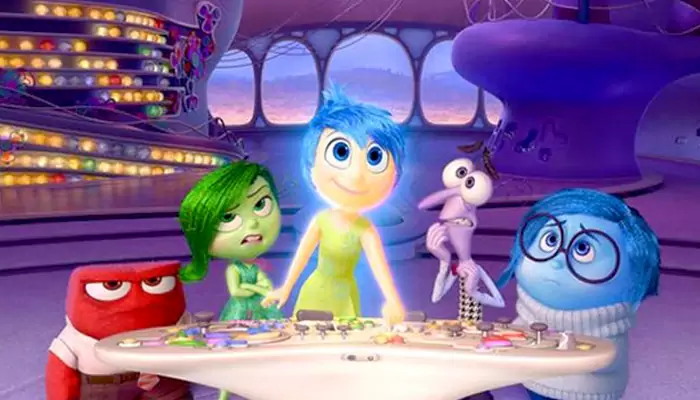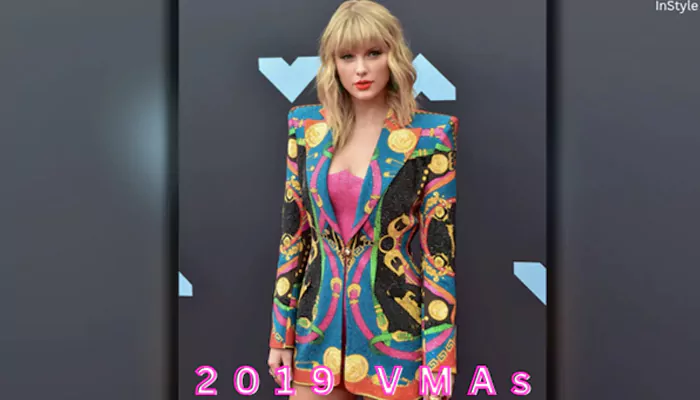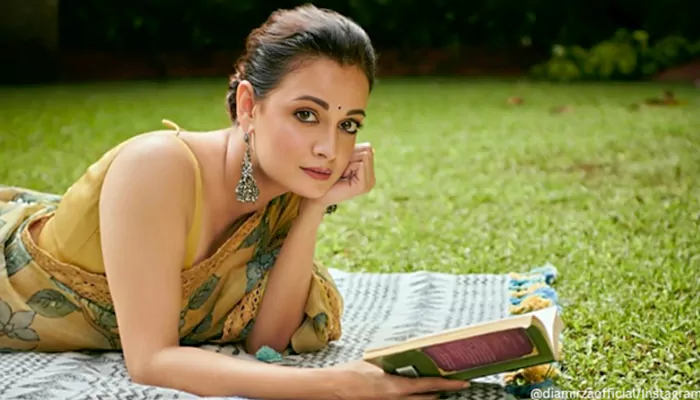'Inside Out 2' released on June 14: Did you know the five core emotions in 'Inside Out' based on different concepts?
- Admin
- 1 year ago
- 3 minutes read

The Emotions in the film are not only based on concepts but are also identified by distinct colours.
Pixar Animation Studios and Walt Disney Pictures bring back the beloved world of emotions in 'Inside Out 2', the eagerly awaited sequel to the original, directed by Kelsey Mann in his debut as a feature director. Produced by Mark Nielsen, with a screenplay created by Meg LeFauve and Dave Holstein, the film continues the emotional journey conceived by Mann and LeFauve. Returning stars Amy Poehler, Phyllis Smith, Lewis Black, Diane Lane, and Kyle MacLachlan reprise their roles, joined by newcomers Tony Hale as Fear, Liza Lapira as Disgust, Maya Hawke, Ayo Edebiri, Adèle Exarchopoulos, Paul Walter Hauser, and Kensington Tallman stepping in replacing Kaitlyn Dias as Riley.
'Inside Out 2' explores the tumultuous emotions of Riley a 13-year old girl, as they encounter new feelings vying for control inside her mind. Premiering at Los Angeles' El Capitan Theatre on June 10, 2024, and hitting theatres nationwide on June 14, 2024, the film follows its predecessor with critical acclaim and box office success, having already grossed over $29 million. The sequel expands on Pixar chief creative officer Pete Docter's original concept of ‘five to 27 emotions,’ as pitched by Mann during production, delving deeper into a world of honest and heartfelt storytelling.
Did you know the five core emotions depicted in 'Inside Out' were based on different concepts?
In the Disney-Pixar ‘Inside Out’ universe, the main characters are the Emotions, central to the franchise's narrative. The animated film ‘Inside Out’ uniquely tells the story through the perspective of five pivotal Emotions residing in the mind of a young girl Riley as she navigates across the country with her family. These Emotions—Joy, Disgust, Anger, Fear, and Sadness—interact dynamically, revealing the impact of different emotional states on Riley's thoughts and actions.

In each individual's mind, whether human, animal, or occasionally even an object, these Emotions are responsible for governing their mental processes. Typically, one Emotion assumes a central leadership role within the group. For Riley Andersen, Joy takes the helm, directing most of Riley's behaviors. Conversely, Anger steers her father's thoughts, while Sadness oversees her mother's mind.
The appearance of each Emotion is metaphorically based on various concepts: Joy resembles a star and a burst of energy, Anger is likened to a firebrick, Disgust mirrors broccoli, Fear embodies a raw nerve, and Sadness manifests as a teardrop. Newer Emotions like Anxiety are symbolically represented by electricity, Envy by a mushroom, Ennui by a limp noodle, Embarrassment by a blush, and Nostalgia by taupe.
Additionally, each Emotion is distinguished by its unique colour scheme: Joy in yellow, Anger in red, Sadness in blue, Disgust in green, Fear in purple, Anxiety in orange, Envy in teal, Embarrassment in pink, Ennui in indigo, and Nostalgia in taupe. These vibrant representations underscore the diversity of emotional experiences and their profound influence on human behaviour within the imaginative world of ‘Inside Out.’












